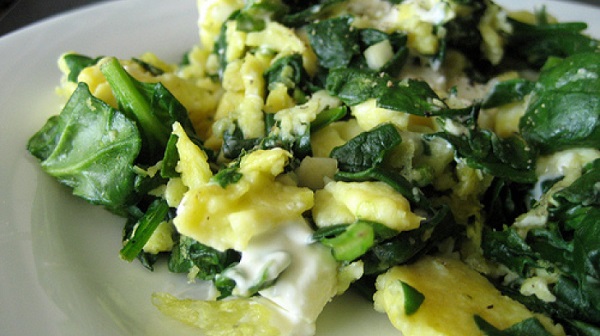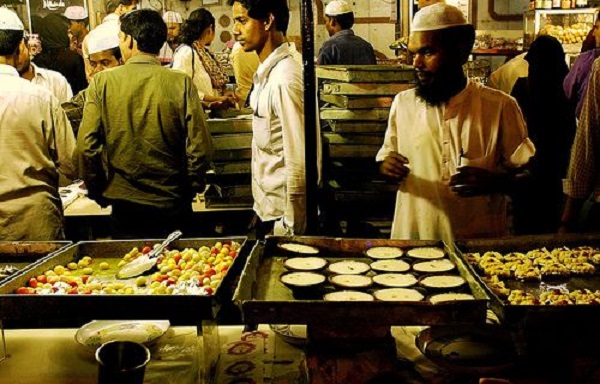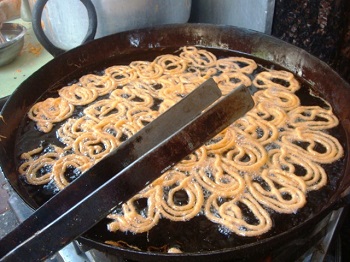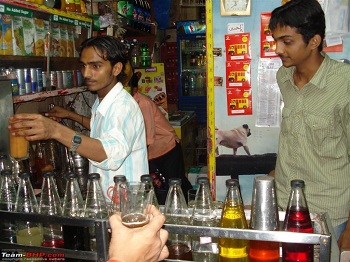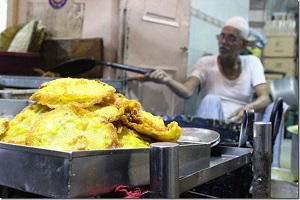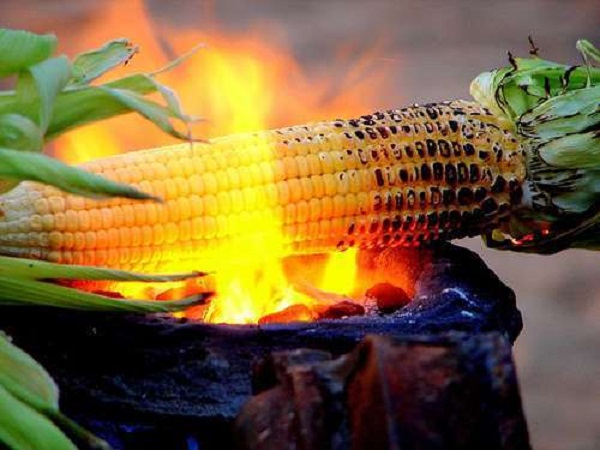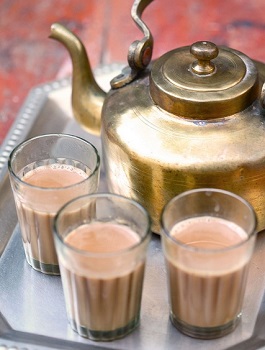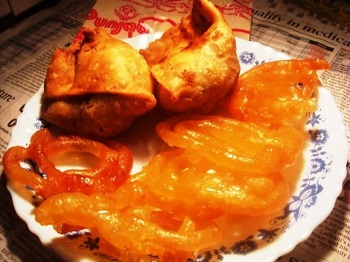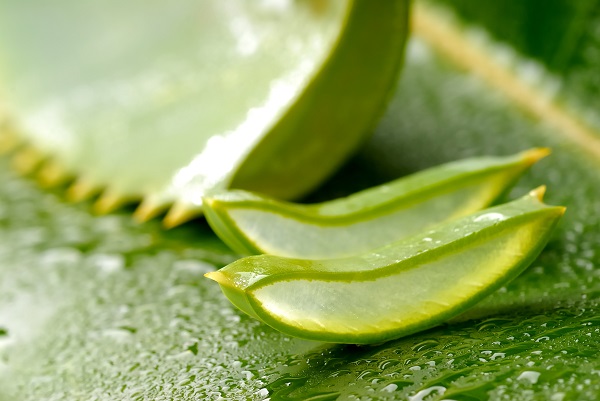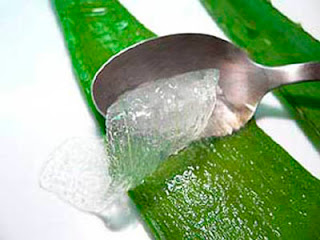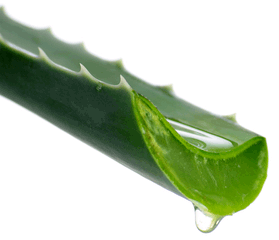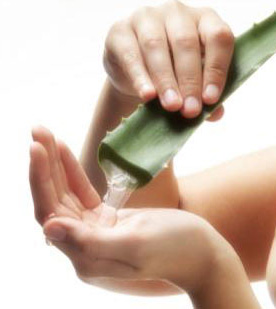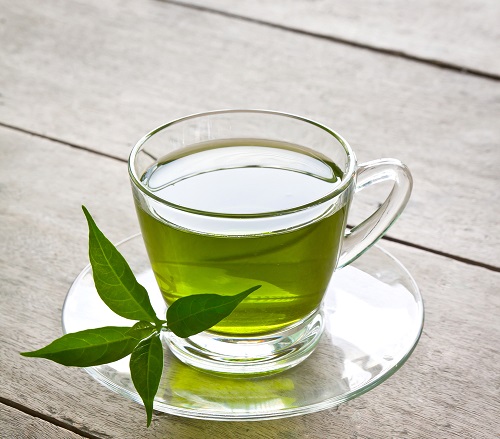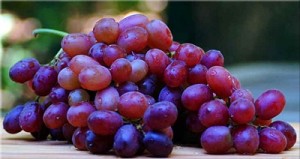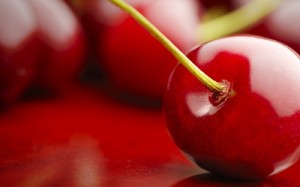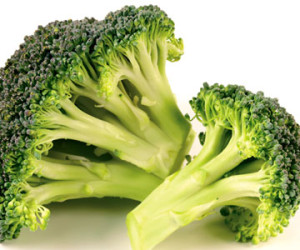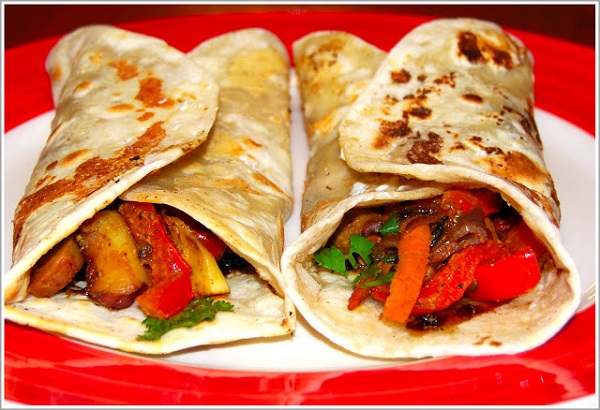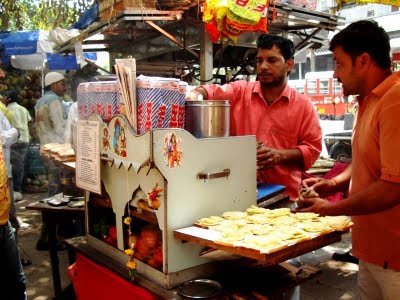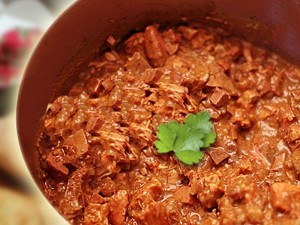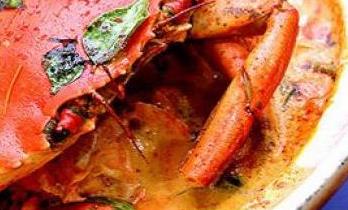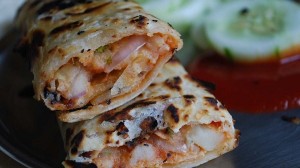Parsis add eggs to any preparation, and the proof is not just in the pudding, but in all their food.
 by Anurita Patel
by Anurita Patel
Is there an evil you want to ward off? Are you welcoming a bride in your house? Go ahead, break an egg, break an egg!
Yes, that’s a true blue Parsi. There is no community more colourful than the bawas when it comes to doing things differently. By virtue of being married to a Parsi, I have been subject to a whole bunch of antics and of course, the legendary bawa fixation with food. They take it so seriously, that you may catch a bawa talking about the motti motti kolmi he enjoyed at Gambhar last weekend in Alibaug while he is already sitting at the dining table enjoying a feast! Parsis can talk about food, food and more food even while eating (or even after) food!
In short, never mess with a Parsi’s food. They are specifically very particular about two food items – fish and eggs. Like my dad-in-law says, you should always have fish only in the months that have ‘R’ in their names. So since we are in August, we shall avoid the fish and move on to their next big fixation – eggs.
Did you know that an egg is the bawa equivalent of the auspicious coconut in Hindu customs? My grandmother took great umbrage at one of our many wedding rituals, when my mother-in-law took an egg around my head and broke it on the floor 🙂 However, coming back to this divine ball of health, wealth and prosperity taking the paramount place in Parsi cuisine, let us take a look at all that they love in eggs and how it is made.
The Parsi Akoori. The pride and joy of every bawa breakfast table, the akoori is special because it is the Parsi 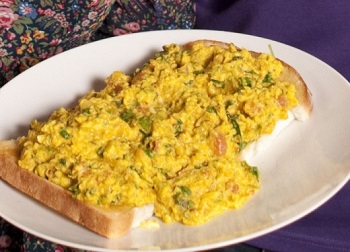 version of the English scrambled eggs, albeit with a lot of masala. All you need to do is add a sprinkle of cumin and a teaspoon of ginger garlic paste to asli ghee. Then sauté thinly chopped onion in ghee until it is red, and add the chopped tomato to it. Once it’s nicely bhunao’d, add all the dry masalas, including a dash of cinnamon. Right at the end, add the glorious eggs and stir.
version of the English scrambled eggs, albeit with a lot of masala. All you need to do is add a sprinkle of cumin and a teaspoon of ginger garlic paste to asli ghee. Then sauté thinly chopped onion in ghee until it is red, and add the chopped tomato to it. Once it’s nicely bhunao’d, add all the dry masalas, including a dash of cinnamon. Right at the end, add the glorious eggs and stir.
The trick here is to keep it at the same consistency as scrambled eggs. Like I said, the akoori is such a hot favourite that I have seen people in my family eat it religiously every day for breakfast.
‘Everything’ per eeda (egg). There is no vegetable or food item on the planet that cannot have an egg broken on it, as per the Parsis! To their credit, they can make absolutely anything taste delicious with an egg in it. The famous bheeda per eeda is nothing but egg on okra. Simply make the okra sabzi and then break an egg or two on top of it. Cover the pan with a lid for a minute or so. Open to see if the yolk is set. Once done, sprinkle some coriander and voila, bheeda per eeda is ready.
The other hot favourites are wafer per eedu, malai per eedu, vaingnu (brinjal) per eedu, tamota (tomato) per eedu, kheema per eedu and goor (mutton marrow) per eedu. Basically anything and everything per eedu is the bawa specialty.
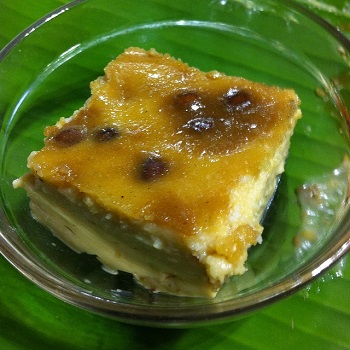 Lagan nu custard. No Parsi wedding is ever complete without the lagan nu custard. The Parsis always have a sit down dinner at their special occasions. The food is served on a banana leaf and along with saas in machhi and sali margi, there is the famous lagan nu custard for the sweet dish. It is a baked custard made with eggs, semolina and condensed milk. Milk, sugar and condensed milk are boiled in a kadhai and then the semolina is added to it. It is left to simmer for 20 minutes so that the mixture becomes thick and creamy. Then, some cardamom powder and nutmeg powder is added to it. Now, another mixture of eggs in another bowl with vanilla essence is made and added to the cooled down semolina mix. It is then baked for an hour or so until set.
Lagan nu custard. No Parsi wedding is ever complete without the lagan nu custard. The Parsis always have a sit down dinner at their special occasions. The food is served on a banana leaf and along with saas in machhi and sali margi, there is the famous lagan nu custard for the sweet dish. It is a baked custard made with eggs, semolina and condensed milk. Milk, sugar and condensed milk are boiled in a kadhai and then the semolina is added to it. It is left to simmer for 20 minutes so that the mixture becomes thick and creamy. Then, some cardamom powder and nutmeg powder is added to it. Now, another mixture of eggs in another bowl with vanilla essence is made and added to the cooled down semolina mix. It is then baked for an hour or so until set.
So while the actual recipes can be acquired from many of your bawa friends or family, the main ingredient clearly is egg and of course, love. So the next time a bawa invites you to a brunch party saying ‘Jamva chalo Ji’ you know what to look forward to! After all, ‘Sunday hove ke Monday, dar roj khawaanu eedu!’
Anurita Gupta is a media professional who is passionate about two things – food and radio. Her love for all things food makes her a foodie with a cause.
(Pictures courtesy paleoaholic.com, www.cookveg.co.uk, www.flickr.com)
